Nexxen: Future-Ready Advertising Solutions for the Cookieless, Cross-Screen, and AI Era

From 0 to 60: Building a Longstanding Brand with the World’s Fastest Sport From 0 to 60: Building a Longstanding Brand with the World’s Fastest Sport
How Nexxen Reaches Fans in a Fragmented NFL Sports Landscape
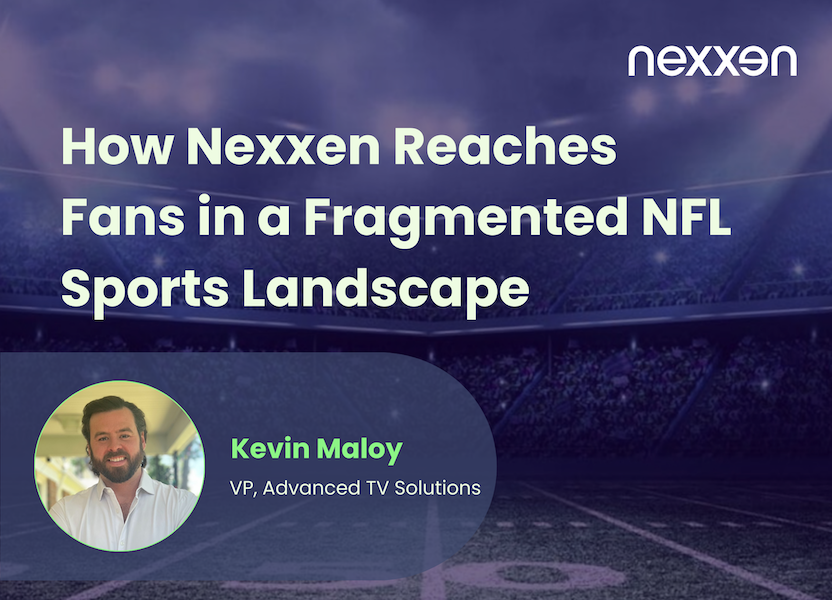
Linkedin Icon-xtwitterlogo-black Around the world, fans increasingly search for clarity on how to watch NFL games. With rights scattered across linear TV and a growing mix of CTV platforms, many fans struggle just to find the action. Nexxen’s Inside Live Sports report reveals the challenge: 59% of fans say they struggle to find where games are airing, and half admit they’ve even missed games because they didn’t know where to watch. Add subscription fatigue and a growing crowd of frustrated viewers, and it’s clear: fragmentation is sapping the fan experience, and with it, advertisers’ ability to connect. At the same time, NFL fandom is evolving. Nexxen Discovery shows a +40% spike in highlight clips and memes on TikTok and YouTube, while fantasy football, betting and real-time stats drive second-screen behaviors during live games. Pop culture and celebrity-driven content are also bringing in new audiences. In short, NFL engagement is no longer confined to gameday. It’s now everywhere, all week long. Football: The Anchor Sport Despite the confusion, one sport unites audiences: football. It’s the top driver of CTV subscriptions, with fans making sure NFL games are part of their viewing lineup. At the same time, the NFL continues to dominate traditional TV with 78% of Gen X and nearly 40% of Gen Z still tuning in. Advertisers also benefit from unified reach, with ad campaigns running consistently across both linear and streaming environments. This combination makes NFL matchups like Sunday Night Football, the Playoffs, and the Super Bowl rare cultural moments where fans show up en masse across devices, platforms, and screens. Fans are Ready for Ads It’s not just about reach; it’s about resonance. Live sports fans, and especially superfans, are more responsive to advertising than the general population, driving the strongest lift in purchase intent. When campaigns are strategically placed around NFL content, brands can tap into that heightened responsiveness and convert passion into performance. And emotion matters: ads that evoke warmth and happiness deliver the biggest lower funnel lift among live sports fans. Combine the NFL’s emotionally charged environment with creative that leans into family, camaraderie, or humor, and the impact multiplies. Turning Fragmentation into Focus The NFL provides the anchor moments where fans rally together, while fandom itself has expanded into a multi-screen, always-on experience. To meet fans wherever they’re engaging, whether during a live game, scrolling TikTok highlights or checking fantasy stats, brands need converged strategies that unify fragmented viewing and connect across screens. For advertisers, this complexity is also the opportunity. By unifying campaigns across screens, aligning creative to different types of fans and tying activations to measurable outcomes, Nexxen helps brands turn evolving fandom into lasting impact. Get in the Game with Nexxen NFL 360 Get Nexxen’s Inside Live Sports report Read Next Connect With Us Learn how you can effectively and meaningfully leverage today’s video and CTV opportunities with our end-to-end platform, data and insights. Contact Us
Nexxen Shortlisted for the 2025 AdExhanger Awards for Best Demand-Side Technology and Best Data Technology
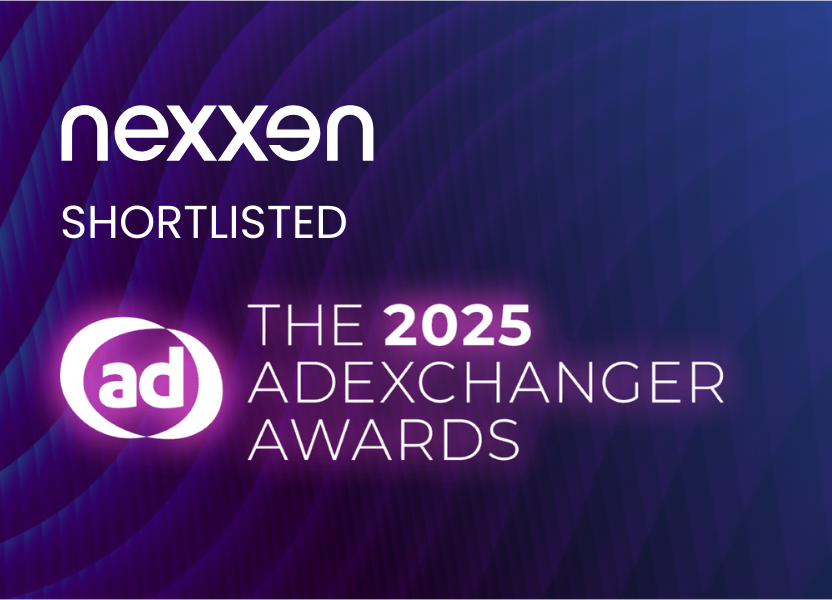
From 0 to 60: Building a Longstanding Brand with the World’s Fastest Sport From 0 to 60: Building a Longstanding Brand with the World’s Fastest Sport
Spurred by retail media and CTV spend, CPG brands are quietly leaving the cookie behind
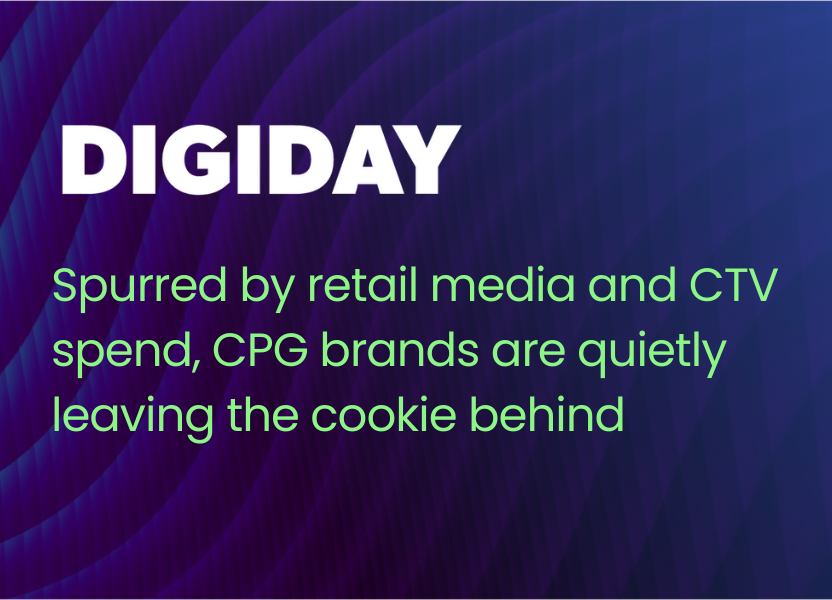
From 0 to 60: Building a Longstanding Brand with the World’s Fastest Sport From 0 to 60: Building a Longstanding Brand with the World’s Fastest Sport
Nexxen Discovery Named a Finalist for the 2025 Digiday Awards

From 0 to 60: Building a Longstanding Brand with the World’s Fastest Sport From 0 to 60: Building a Longstanding Brand with the World’s Fastest Sport
WTF are AI agents?
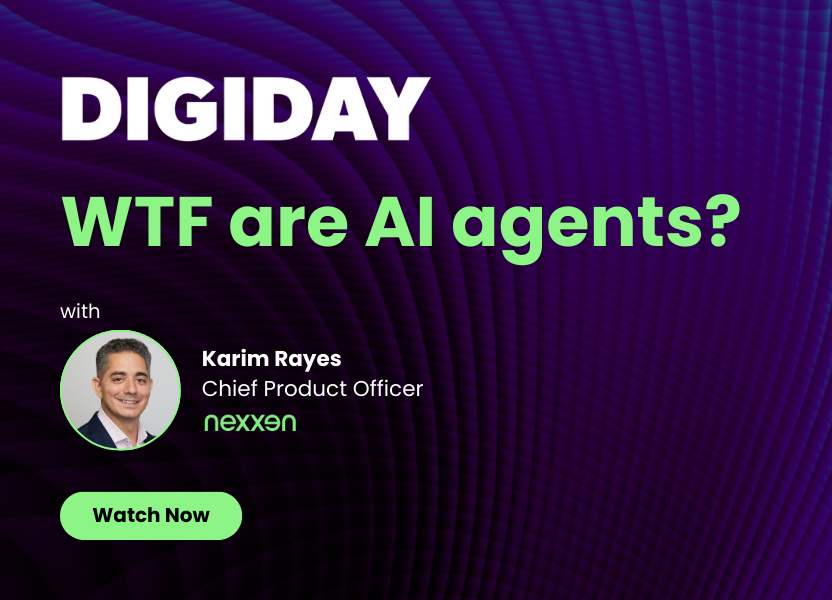
From 0 to 60: Building a Longstanding Brand with the World’s Fastest Sport From 0 to 60: Building a Longstanding Brand with the World’s Fastest Sport
More U.S. Companies Plan to Slow Hiring in Second Half of 2025

From 0 to 60: Building a Longstanding Brand with the World’s Fastest Sport From 0 to 60: Building a Longstanding Brand with the World’s Fastest Sport
Nexxen Wins Best Cookieless Identification Technology at the 2025 Digiday Technology Awards, Showcasing Leadership in Privacy-First Data Innovation
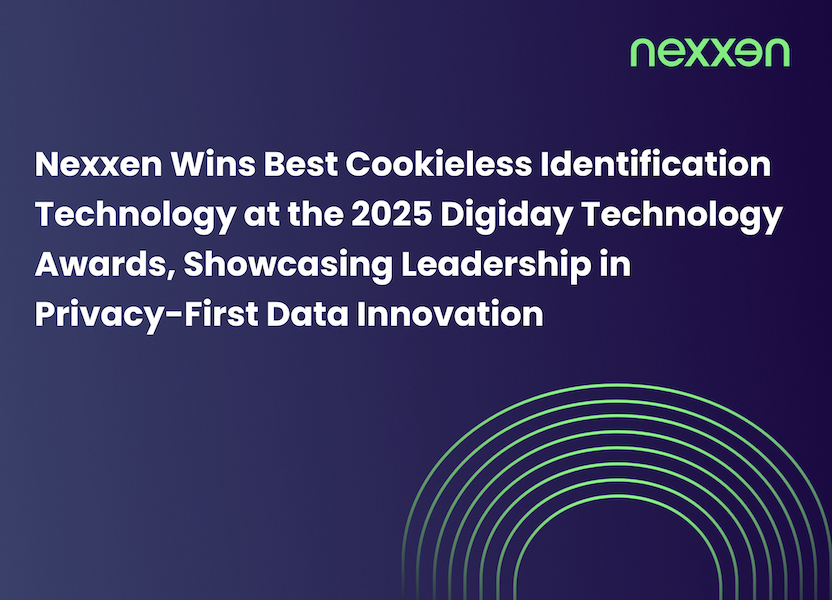
Linkedin Icon-xtwitterlogo-black Award recognizes Nexxen Discovery’s AI-powered, content-first signals that deliver scalable performance NEW YORK, August 21, 2025 – Nexxen (NASDAQ: NEXN), a global, flexible advertising technology platform with deep expertise in data and advanced TV, won Best Cookieless Identification Technology at the 2025 Digiday Technology Awards. Specifically, Nexxen Discovery, its proprietary audience insight and research tool, took home the win. Nexxen has responded to the challenges facing today’s advertisers and media owners with data-driven solutions, such as Nexxen Discovery, that streamline operations, enhance decision-making and unlock value across complex environments. Leveraging contextual intelligence, first-party data and nexAI – Nexxen’s suite of AI-powered assistants and features – Discovery analyzes vast signals of consumer engagement and behavior from digital, social and TV-on-demand channels in real time to inform precise, privacy-safe advertising activations. Paired with the company’s agnostic approach to identity, Discovery enables Nexxen’s clients and partners to move beyond third-party cookies, delivering richer insights and audience activation. “Signal loss is reshaping the advertising landscape, and many strategies focus on replacing existing identifiers. Nexxen takes a broader view: supporting all major IDs while redefining identity through AI-powered, data-driven signals that work seamlessly across channels,” said Karim Rayes, Chief Product Officer, Nexxen. “This recognition from Digiday’s panel of industry experts and thought leaders affirms Nexxen Discovery’s ability to deliver scale, precision and transparency that create lasting value for our partners.” Additional finalist honors for Best Data Management Platform and Best Buy-Side Programmatic Platform further highlight Nexxen’s strength across data and buy-side performance. About Nexxen Nexxen empowers advertisers, agencies, publishers and broadcasters around the world to utilize data and advanced TV in ways that are most meaningful to them. Our flexible and unified technology stack comprises a demand-side platform (“DSP”) and supply-side platform (“SSP”), with the Nexxen Data platform at its core. With streaming in our DNA, Nexxen’s robust capabilities span discovery, planning, activation, monetization, measurement and optimization – available individually or in combination – all designed to enable our partners to achieve their goals, no matter how far-reaching or hyper niche they may be. Nexxen is headquartered in Israel and maintains offices throughout the United States, Canada, Europe and Asia-Pacific, and is traded on the NASDAQ (NEXN). For more information, visit nexxen.com. For further information please contact: Genevieve Wheeler, Communications Director gwheeler@nexxen.com Forward-Looking Statements This press release contains forward-looking statements, including forward-looking statements within the meaning of Section 27A of the United States Securities Act of 1933, as amended, and Section 21E of the United States Securities and Exchange Act of 1934, as amended. Forward-looking statements are identified by words such as “anticipates,” “believes,” “expects,” “intends,” “may,” “can,” “will,” “estimates,” and other similar expressions. However, these words are not the only way Nexxen identifies forward-looking statements. All statements contained in this press release that do not relate to matters of historical fact should be considered forward-looking statements, including without limitation statements regarding any awards received or other accolades relating to Nexxen’s business and any benefits or insights associated with such events as well as any benefits associated with any of Nexxen’s offerings and products and platforms including the Nexxen AI capabilities, Discovery Tool, cross-screen measurement tools, Data Platform and CTV offering. These statements are neither promises nor guarantees but involve known and unknown risks, uncertainties and other important factors that may cause Nexxen’s actual results, performance or achievements to be materially different from its expectations expressed or implied by the forward-looking statements, including, but not limited to, the following: negative global economic conditions; ,including risks related to tariff impacts or policy shifts that could materially affect market sentiment, consumer behavior and advertising demand; global conflicts and war, including the current terrorist attacks by Hamas, and the war and hostilities between Israel and Hamas and Israel and Hezbollah, and how those conditions may adversely impact Nexxen’s business, customers, and the markets in which Nexxen competes. Nexxen cautions you not to place undue reliance on these forward-looking statements. For a more detailed discussion of these factors, and other factors that could cause actual results to vary materially, interested parties should review the risk factors listed in the Company’s most recent Annual Report on Form 20-F, filed with the U.S. Securities and Exchange Commission (www.sec.gov) on March 5, 2025. Any forward-looking statements made by Nexxen in this press release speak only as of the date of this press release, and Nexxen does not intend to update these forward-looking statements after the date of this press release, except as required by law. Read Next Connect With Us Learn how you can effectively and meaningfully leverage today’s video and CTV opportunities with our end-to-end platform, data and insights. Contact Us
Compound Innovation: How nexAI is Accelerating Discovery

Linkedin Icon-xtwitterlogo-black Over the last 50 years, Olympic winning times in the Men’s 100m Freestyle have dropped by 10%, or 5 whole seconds – that’s like taking 10 meters off the length of the race. How is that possible, you ask? How have we achieved these gains? Have we figured out how to grow flippers? No, the answer is much more interesting… though growing flippers would be pretty cool. Our Olympians and their training teams have spent the last 50 years shaving precious tenths of a second from their times through “compound innovation,” the process by which tiny improvements across all influencing factors multiply each other and transform the outcome. At Nexxen, we’re experiencing a similar evolution — thanks in large part to the introduction of nexAI, our AI-powered intelligence layer, across our platform, including to the award-winning Nexxen Discovery. Nexxen Discovery was already driving significant value for our partners. Between Q4 2023 and Q3 2024, we found that campaigns powered by Discovery data outperformed their non-Discovery peers in meaningful ways, such as: +35% in view-through actions +30% in value per impression on click-throughs +31% in cross-device follow-through -45% in cost per action +89% post-click engagement lift In short: more precision, less waste and better performance across the funnel. However, the process that our clients were using to find those Discovery data targets, as as well as the time spent researching, validating and editing that data, was – to use “engineering” speak – non-trivial. Accelerating multiple activities What nexAI has done is accelerate those research and packaging processes. What used to take hours, sometimes days, is now being done in minutes. Partners can launch multiple research projects simultaneously, angling and mining into our proprietary data. nexAI lifts that burden. It works through Nexxen Discovery sentiment signals, search trends, competitive share-of-voice data and semantic analysis of web and TV consumption activity, and it synthesizes that data into simple, easy-to-use packages that can then be activated by our agency, brand and advertiser clients. Additionally, nexAI generates client-ready presentations with that data. It frees up time by not only delivering insights, but also creating complete narratives and branded decks that help drive engagement with prospects, or start conversatoins in the media-planning stages. It’s been saving hours a day for those using it – hours which can then be spent on refining the precision and performance of customers’ campaign strategies. Looking Ahead The integration of nexAI into Nexxen Discovery is just one example of how automation and analytics can work in tandem to support smarter decision-making. We are finding that the advent of artificial intelligence is not about removing human expertise from the equation – it’s about enabling that expertise to scale more effectively. As the media ecosystem continues to evolve, the ability to act quickly on high-quality insights will be a defining advantage. And as this integration continues to roll out, we’re already seeing its potential to reshape how campaigns are planned, executed and evaluated – on both sides of the marketplace. Ultimately, nexAI is compounding our team’s value across every facet of Nexxen’s offering – and we’re excited see what’s next. Learn more about nexAI Read Next Connect With Us Learn how you can effectively and meaningfully leverage today’s video and CTV opportunities with our end-to-end platform, data and insights. Contact Us
Nexxen Discovery wins Best Cookieless Technology in the 2025 Digiday Technology Awards

From 0 to 60: Building a Longstanding Brand with the World’s Fastest Sport From 0 to 60: Building a Longstanding Brand with the World’s Fastest Sport
